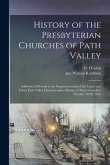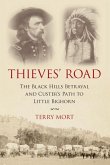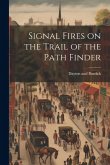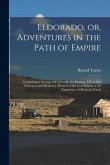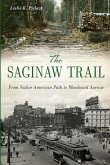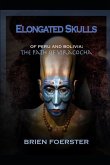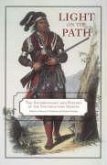The term "guano," which may evoke only a fleeting image of bird droppings, is by no means the most glitzy resource in history. Nevertheless, this humble material influenced the development of nations in the 19th century. A hidden gem that would ignite a geopolitical craze, establish economic policies, and propel the United States beyond its well-known borders was concealed beneath the unremarkable exterior of calcified bird droppings. How could something so strange, so unimportant, have such power? At the intersection of ambition, necessity, and the unwavering will to ensure survival and prosperity, the solution can be found. During the industrial revolution, the relationship between humans and the land that supported them started to drastically change as cities grew with the influx of workers attracted to factories. Once supported by a variety of crops and natural cycles, agriculture has grown into a vast network of specialized farms that produce enormous amounts of corn, wheat, and other staples. These products supported the expansion of industry and fed the expanding urban populations. However, the unrelenting cultivation of the same crops on the same soil depleted the earth of its essential nutrients, so this amazing advancement came at a high price. The situation deteriorated by the middle of the 1800s. The demands of industrialized agriculture depleted the fertility of the soil in large farming regions. Crop yields started to decline in the absence of replenishment, endangering the food supply in urban areas where people now solely relied on agricultural output. Without a solution, humanity's ability to increase its food supply might not be able to keep up with its expanding population. The threat of starvation and financial ruin was very real. Now for the guano. This unusual resource held the secret to restoring depleted farmlands, having been left behind by generations of seabirds on isolated, sun-drenched islands. Rich in potassium, phosphorus, and nitrogen, guano was a gift from nature to agriculture. It was a miraculous fertilizer that could revitalize even the most depleted soils. Suddenly, what appeared to be nothing more than waste turned into a valuable commodity, sparking a fierce competition between nations to seize, control, and transport it across oceans. >This is the story of how bird droppings-unlikely, unassuming, and abundant-came to symbolize a period of aspiration. It is a tale of survival, inventiveness, and power, where the everyday became colossal, and the scramble for a simple natural resource transformed a nation's destiny
Hinweis: Dieser Artikel kann nur an eine deutsche Lieferadresse ausgeliefert werden.
Hinweis: Dieser Artikel kann nur an eine deutsche Lieferadresse ausgeliefert werden.


